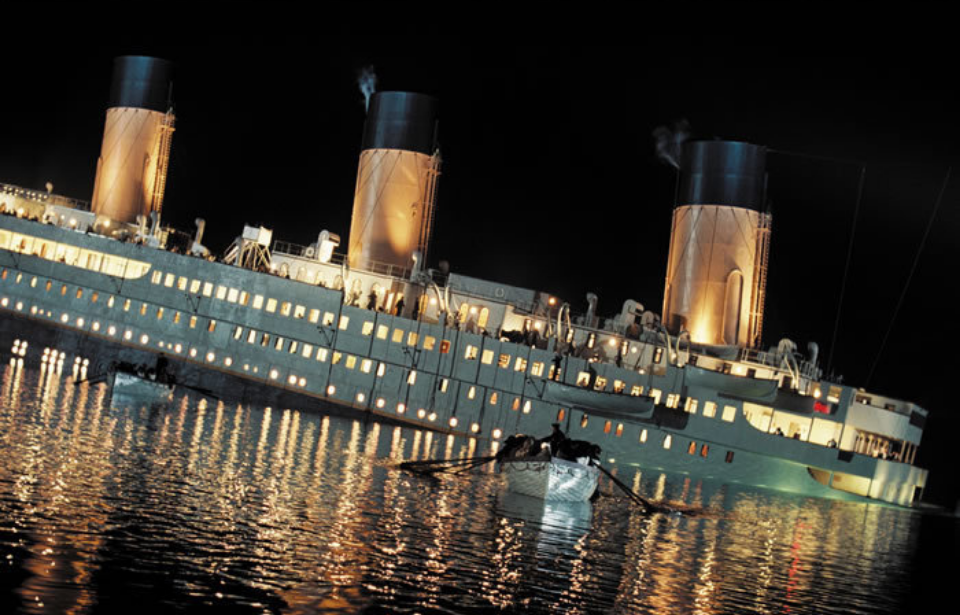If you’re familiar with James Cameron’s Titanic, you may remember that people were hunting for the fictional diamond, “The Heart of the Ocean,” at the start of the movie. We also remember Rose hanging a Picasso painting in her stateroom and Jack seeing Waterlilies by Monet. Although there was no Heart of the Ocean Diamond, nor any Picasso or Monet paintings on the Titanic when she sank 110 years ago, there were some irreplaceable objects that did go down with the ship.
1. A bejeweled version of Rubáiyyát
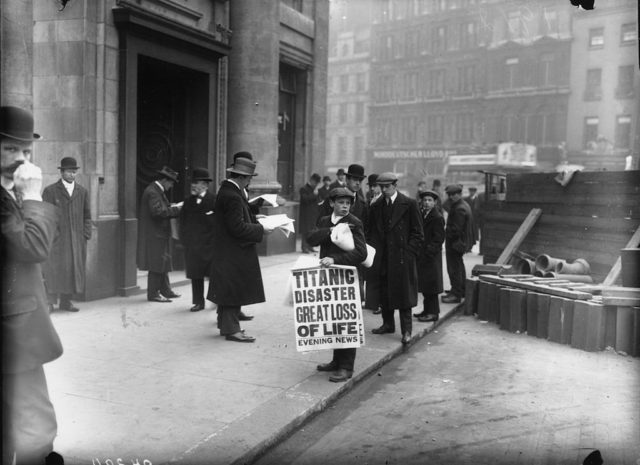
Established in 1901, Sangorski & Sutcliffe bookbinders were known for their intricate designs. In 1909, they were commissioned to rebind the American edition of Edward FitzGerald’s translation of Omar Khayyam’s Rubáiyyát. It was commissioned by a bookshop in Piccadilly “with the express intent of being the most valuable, luxurious binding ever produced.”
The finished product did not disappoint. The rebinding was made of Moroccan leather and featured three peacocks with tails embroidered in gold. The cover was encrusted with over a thousand precious gems – including emeralds, rubies, amethysts, and topazes – each set separately in gold. The book took two years to make and came with its own oak case.
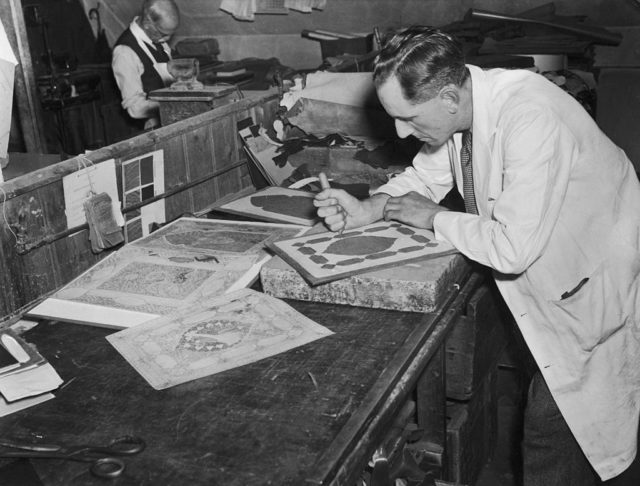
Sotheby’s auctioned the book off in late March of 1912. The starting price for the book was £1,000, but it was sold for only £405 (or about $57,627 today). The American buyer booked it on the next available ship, which, unfortunately for the buyer, was the Titanic. Of course, the book now tragically sits at the bottom of the Atlantic.
After the ship’s sinking, Sangorski & Sutcliffe used their original drawings to attempt to replicate the design. This process took another six years, and the book was stored in a vault at a London Bank – which was later destroyed in the Blitz.
2. A 1598 copy of Francis Bacon’s Essays
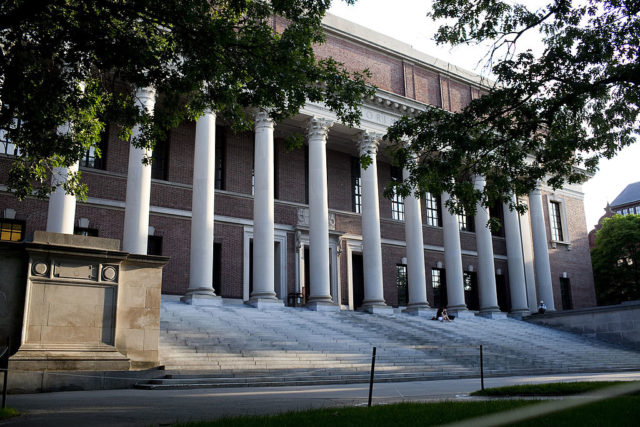
One first-class passenger on board the Titanic was rare book collector Harry Elkins Widener. Widener had recently bought nine books in London – eight of which were being shipped back to America on a different liner. However, Widener carried a rare 1598 edition of Francis Bacon’s Essays with him.
According to legend, Harry Widener died with the 1598 copy of Essays in his tuxedo pocket. Ultimately, we don’t know where Widener stored this rare book on that fateful April night. What we do know is that Widener didn’t take a spot in a lifeboat and went down with the ship. His body was never recovered.
3. A 1912 Renault Type CB Coupé De Ville
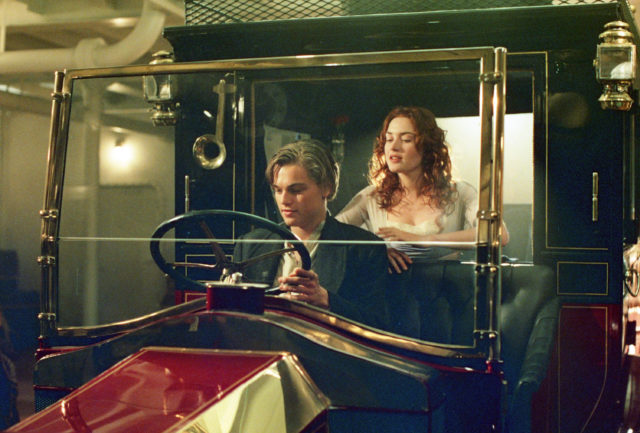
The only car brought onboard the Titanic was a 1912 Renault Type CB Coupé De Ville, owned by first-class passenger William Carter. (This car was an Easter egg briefly featured in James Cameron’s Titanic!) William Carter was heir to an iron and coal fortune and traveled with his wife and two children.
After the sinking, Carter filed an insurance claim of $5,000 for his automobile. Today that sum equates to about $130,000. Since the Titanic‘s sinking, many expeditions have been made to the Atlantic seafloor to try and locate the vehicle. In 2008, a similar 1912 Renault Type CB Coupé de Ville sold at auction for $269,500– making the lost Coupé de Ville invaluable today.
4. La Circassienne au Bain
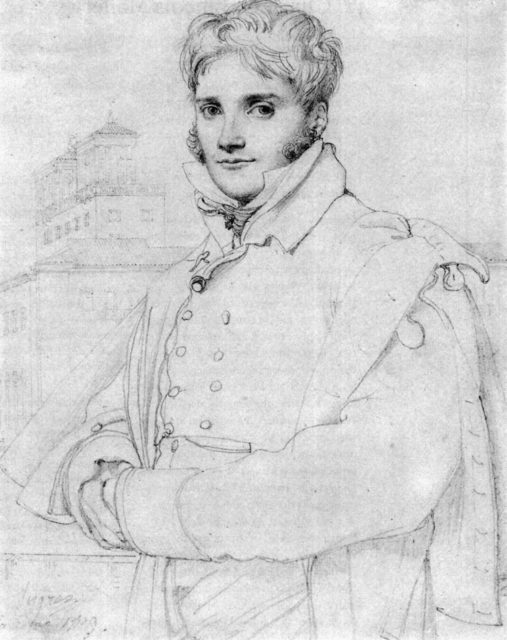
There weren’t any Picassos or Monets onboard the Titanic, but there was La Circassienne au Bain, painted by French artist Merry-Joseph Blondel. La Circassienne au Bain first made its debut at the Paris Salon in 1814. Initially, the painting was not well received, but years later, its reputation would grow, along with the importance of its artist, Merry-Joseph Blondel.
La Circassienne au Bain was bought by first-class passenger Mauritz Håkan Björnström-Steffansson shortly before he boarded the Titanic. Björnström-Steffansson survived the disaster by jumping from the sinking ship into a collapsable lifeboat as it was being lowered. His painting tragically went down with the Titanic and was lost at sea.
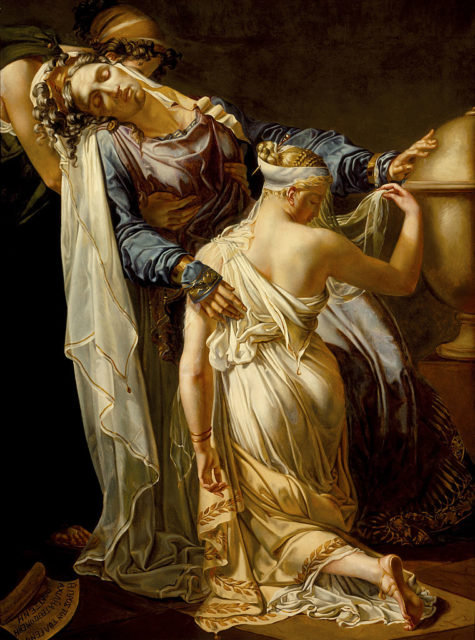
Björnström-Steffansson requested $100,000 (equivalent to more than $2 million today) in compensation for La Circassienne au Bain. He received some insurance money for this painting, though not the total $100,000 he sought.
After the sinking of the Titanic, there were very few details regarding the La Circassienne au Bain. There were hardly any descriptions of the artwork, and no reproductions, other than a single engraving created five years after its exhibition, were known to exist. In the 2010s, an artist painting under the pseudonym John Parker painted a recreation based on extensive research. His painting was sold at auction in 2016 for around £2,700.
5. A short, handwritten story by Joseph Conrad
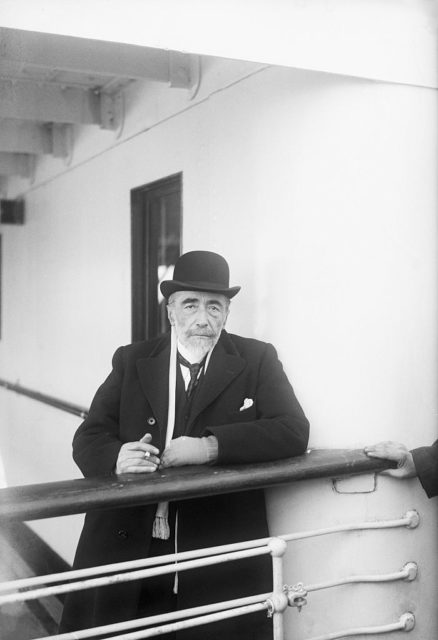
History regards Joseph Conrad as one of the greatest novelists to ever write in the English language. In 1912, Conrad sold a handwritten manuscript of a short story titled “Karain: A Memory” to American collector John Quinn. “Karain: A Memory” was part of Conrad’s collection called Tales of Unrest. The manuscript was headed for America on the Titanic and, of course, was lost at sea. Because he didn’t insure the manuscript, Joseph Conrad lost £40.
6. A pink diamond from Tiffany’s
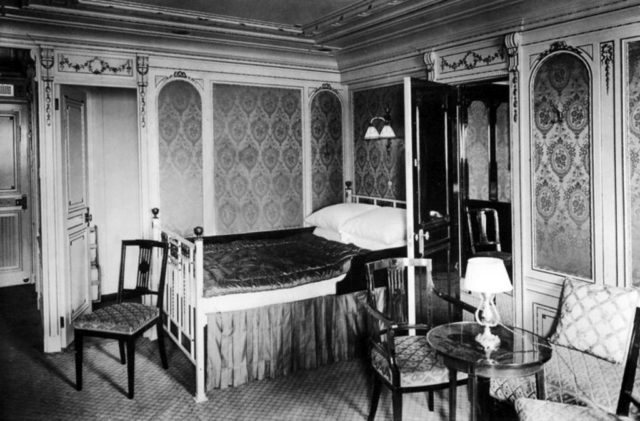
There might not have been a “Heart of the Ocean” diamond on the Titanic, but there was a pink diamond on the ill-fated ship. We generally know what sank with the Titanic because of insurance claims made by passengers after the disaster. First-class passenger Charlotte Cardeza, who was staying in a “millionaire’s suite,” made the largest insurance claim after the disaster.
More from us: These Titanic Artifacts Reveal the Amazing Stories of Survivors
Charlotte’s insurance claim total was $177,352.75. This sum included anything from a bar of soap that was priced at $1.75 to a diamond necklace worth $13,000. Notably, Charlotte also was seeking compensation for a “pink diamond, 6 7/16 carats,” from Tiffany’s in New York. This diamond was valued at $20,000, which is more than $573,000 today.
